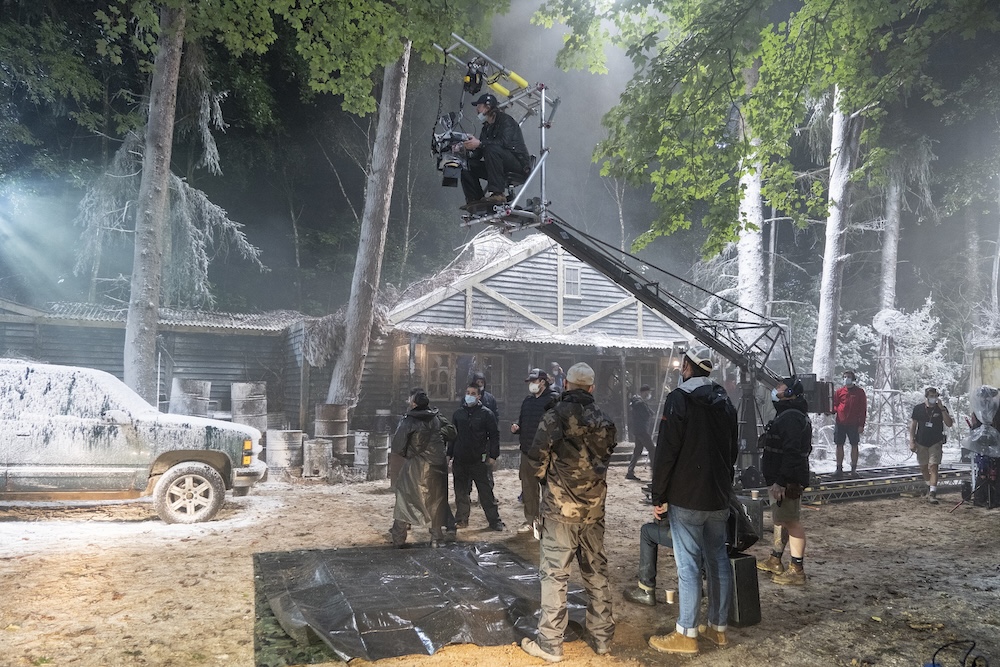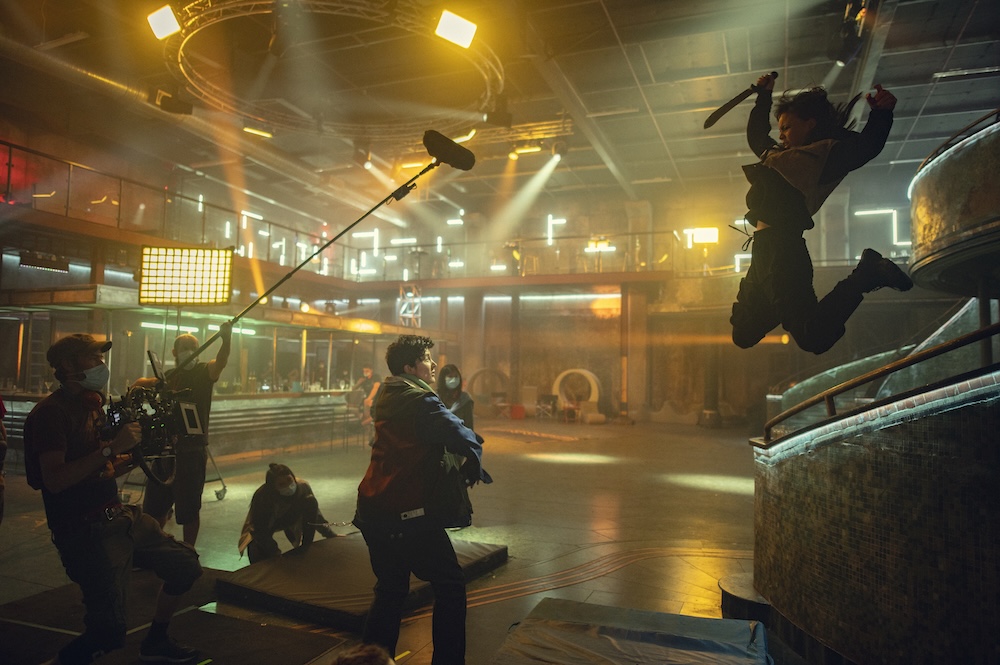Wales
Welsh pride – Havoc
Both director Gareth Evans (The Raid) and producer Ed Talfan were determined to make action film, Havoc, starring Tom Hardy and Forest Whitaker, in their home country of Wales, despite it being set and co-produced in the US.
“Gareth had written an original script about a drug deal gone wrong and a cop forced to fight his way through the criminal underworld. Although the film was set in the US, there was an appetite – creatively and logistically – to shoot the film in Wales where Gareth is based,” says Talfan.

Fortunately, the production team of Evans (through his outfit One More One Productions), Talfan at Severn Screen and Los Angeles-based XYZ Films had worked together before: alongside Netflix, they’d produced supernatural thriller Apostle, which was also shot in Wales. So they all knew the potential and benefits of shooting there.
“There are other locations in Europe that look more like East Coast America – where the film is set – and which may be cheaper, but we knew could make it work with smart location choices, creative use of CGI, and the incredible support of Creative Wales, who were keen to see a project of this scale (from a Welsh writer-director) come to Wales,” adds Talfan.
The production team decided to base themselves at Great Point Studios in Cardiff, which offers 200,000 square feet of stages and support spaces. They took over four of the stages where they built several sets for the 16 week shoot.

“It‘s a terrific facility,” enthuses Talfan. “They have an onsite wind turbine which is a huge win in terms of sustainability. Much of the project was powered by renewable energy, and for the first time in my experience we were able to employ a full-time sustainability officer (Tilly Ashton). Tilly was responsible for implementing sustainability protocols across the production, and has since become a permanent member of staff at Severn Screen.”
The Welsh government has a strong emphasis on a circular economy, so productions like Havoc work hard to ensure sets don’t end up in a skip. “Instead, we’re always looking to put them in the hands of people that can use them, like schools, colleges or theatre groups,” adds Talfan. “Excess food goes to a homeless charity, and spoiled food goes to an anaerobic digester north of Cardiff, which generates green energy.”
This sustainable approach extended to the numerous outdoor locations where they also filmed across south Wales. They were spoiled for choice – in that part of the world you are never more than 20 minutes from the sea, mountains, industrial estates, forests, rolling hills, rural farms and major cities. “So we could jump from one location to the next easily, depending on the scene,” says Talfan.
One of these scenes, set outside a nightclub, was filmed on Bute Street in Cardiff. “We managed to shut it down for five or six nights and turned all the shop facades into American ones, as well as changed the lighting, sourced US cars, and laid down fake snow because it’s a winter film,” says Idris Ahmed, location manager on the film. “The difficulty, because it’s a US street, is that it had to appear to go on for miles, so we used VFX for building and street extensions. But it worked out really well.”
Cardiff City Council proved very helpful, alongside other support agencies, in regards to shutting down the street and directing traffic, and the locals were “very excited to see a big production being filmed in the city,” says Ahmed, adding that the street was opened up again each morning for businesses to trade during the day.
They also managed to film an important train action sequence in the industrial city of Port Talbot, birthplace of many great actors, including Anthony Hopkins and Richard Burton. “It was ideal for the script because it needed to be a gritty, industrial Detroit vibe, and that’s what parts of Port Talbot look like,” enthuses Ahmed.
Filming also took place at Brangwyn Hall in Swansea, which doubled for a snow-covered US police station, and the ornate ceiling paintings and usually off-limits council chamber inside were also used, as well as a forest scene near Merthyr Mawr (on the south Wales coast).
“Wales is a film-friendly country,” insists Talfan. “The councils and stakeholders see the benefits of projects like ours filming here, generating enormous spend in the country, and employing local talent.”
The film used a huge amount of Welsh crew across all the locations. “They are absolutely brilliant and really experienced as we have a lot of projects from Disney, Amazon, Netflix, the BBC etc that shoot in Wales. We can cover all departments with local talent,” says Ahmed.
It’s very much a film created by and for the Welsh. “The film gave us a great opportunity to showcase local crews, and showcase the great facilities and locations available to film-makers in Wales,” concludes Talfan.
